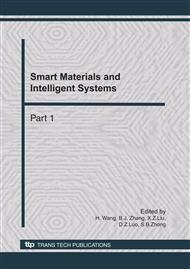p.399
p.404
p.409
p.414
p.419
p.424
p.428
p.433
p.439
Study on Traffic Congestion State Modeling of Urban Road
Abstract:
In this paper, from the medi-scope point of view, the intersection parameter is classified as the section parameter, and then the new intersection traffic state coefficient is defined. Based on the reachable matrix, a new method-hierarchical intersection analysis is used to divide the intersections into different crowded levels. Next, crossroad accessibility matrix is developed to distinguish the section connectivity and get the state results of the whole network. Last, we use this method to identify congestion state of the traffic on the road around Wuchang railway station, and the outcome shows the simulation result and the practical state are consistent.
Info:
Periodical:
Pages:
419-423
Citation:
Online since:
October 2010
Authors:
Price:
Сopyright:
© 2011 Trans Tech Publications Ltd. All Rights Reserved
Share:
Citation:


